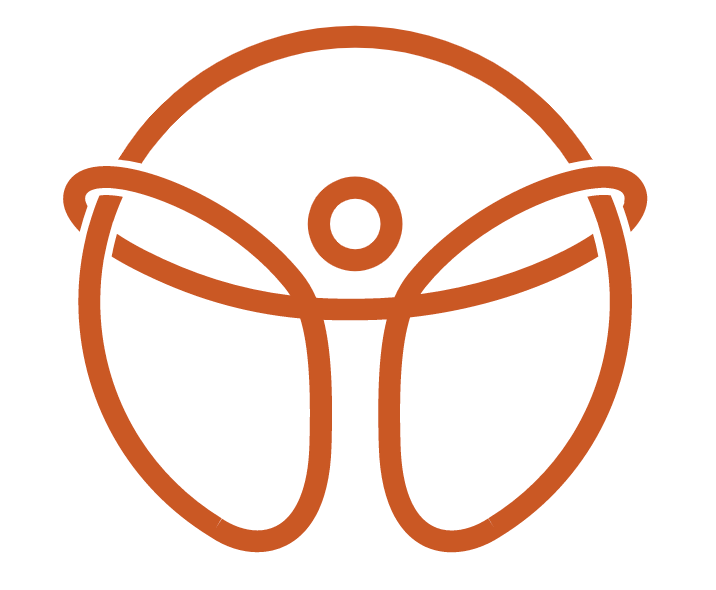Hidden Muscles: The Curious Case of Muscles Not Everyone Has
The human body is a marvel of consistency and variation. While we all generally have the same skeletal structure and muscle groups, there are a few muscles that only some people have—remnants of our evolutionary past or simply natural anatomical variation. These so-called “accessory” or “vestigial” muscles don’t usually affect function, but they offer a fascinating glimpse into how human bodies can differ, even in subtle ways. Let’s look at a few of the most interesting examples.
1. Palmaris Longus
Perhaps the most well-known of these rare muscles is the palmaris longus. This thin, tendon-like muscle runs from the forearm to the palm and is absent in about 10-15% of the population—either in one arm or both. To test if you have it, touch your thumb to your pinky and flex your wrist. If a prominent tendon pops up in the middle of your wrist, that’s the palmaris longus.
Functionally, it’s nearly obsolete. It once played a larger role in gripping and climbing, but today, its absence has no impact on strength or dexterity. Interestingly, surgeons often harvest this tendon for grafts in reconstructive surgeries due to its expendable nature.
2. Sternalis
The sternalis muscle is a rare vertical muscle that runs along the sternum and is found in less than 10% of people. It lies superficially, just under the skin and above the pectoral muscles. Most often, it’s discovered incidentally during imaging or chest surgery.
Its function remains unclear. It’s not involved in any significant movement, and most people who have it don’t know it exists. From an evolutionary perspective, it’s thought to be a leftover from earlier stages in muscular development.
3. Plantaris
Similar in story to the palmaris longus, the plantaris is a small muscle in the leg with a long tendon that runs behind the knee and down the calf. It’s absent in about 7-10% of people and, when present, contributes little to overall lower leg strength or function. Like the palmaris, it’s often used in surgical tendon grafts when needed.
Some theories suggest that it was more useful to our ancestors who relied more on gripping and climbing with their feet, much like primates do today.
4. Psoas Minor
The psoas minor is another optional muscle found in the posterior abdominal wall. While its better-known counterpart, the psoas major, is a powerful hip flexor, the psoas minor contributes very little to movement. It’s present in about 40-60% of people and, when absent, has no known negative impact.
Why Does This Matter?
From a clinical standpoint, these muscles rarely cause issues—but they can confuse imaging studies or surgical procedures if not expected. For example, a sternalis muscle on a mammogram might appear as a mass if the radiologist isn’t aware of the variation. Similarly, a missing palmaris longus might surprise a surgeon planning to harvest it for reconstruction.
As chiropractors, understanding these anatomical variations helps us appreciate each patient’s unique structure. While these muscles may not influence function or performance significantly, they remind us that the body is not a one-size-fits-all system. Anatomy has its exceptions—and that’s part of what makes it so fascinating.

